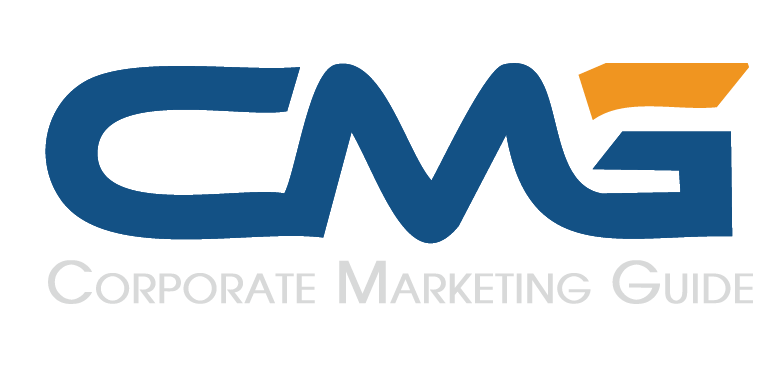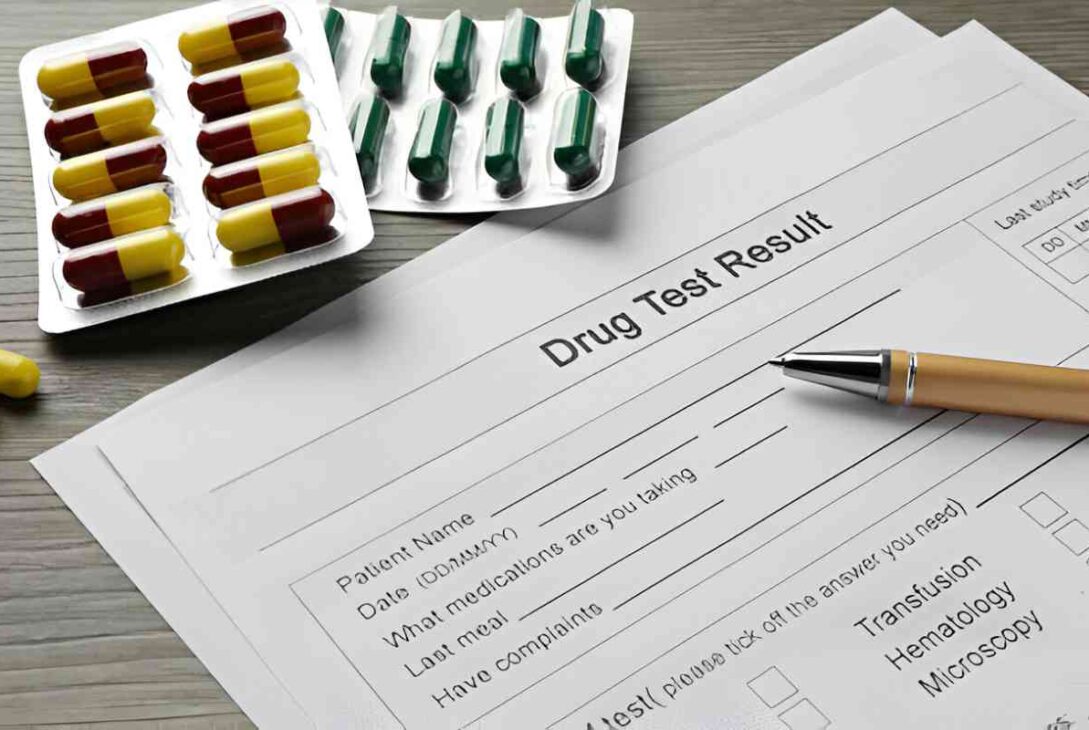In today’s fast-paced world, the lines between work and personal life can sometimes blur, especially when it comes to medication. The colorful array of prescription drugs available can be both a blessing and a challenge. For those in safety-sensitive positions, understanding how these medications interact with professional responsibilities is crucial. Enter DOT drug testing, a process that plays a pivotal role in ensuring safety and compliance in the transportation industry.
Understanding DOT Drug Testing
The Department of Transportation (DOT) has established strict guidelines for drug testing to ensure that individuals in critical positions are not impaired by substances. But what exactly is a DOT drug test, and how does it address prescription drug use?
A DOT drug test is a federally mandated test for employees in safety-sensitive roles, including pilots, truck drivers, and train engineers. The primary aim is to ensure that these individuals can perform their duties without the influence of drugs that could impair their judgment or physical abilities. This process is not just about catching illicit drug use; it also plays a crucial role in monitoring prescription medication use, which can sometimes be just as impairing.
The Importance of Safety
Imagine a world without these regulations. The roads, rails, and skies would become a chaotic symphony of hazards, where the detached decisions of those under the influence could lead to catastrophic outcomes. The DOT drug test acts as a safeguard, ensuring that everyone involved in transportation is operating at their best, unimpaired and focused.
Prescription Drug Use and DOT Regulations
Prescription drugs, while beneficial, can have side effects that affect your ability to perform safety-sensitive tasks. Medications that cause drowsiness, dizziness, or impaired cognitive function are of particular concern. This is where the DOT drug testing regulations come into play, requiring you to disclose any prescription medications that could potentially interfere with your duties.
If you are taking prescription medication, it’s essential to communicate with your employer and medical review officer (MRO). They will evaluate whether the medication could impair your performance and determine if you can continue your role or need adjustments. The goal is not to punish, but to ensure safety and compliance.
Navigating the Complexities
The process of balancing prescription drug use with DOT regulations can feel askew, as if the world is tilted just slightly off-center. With so many factors at play, it’s easy to feel overwhelmed. Rest assured, dot drug testing provides a structured pathway to navigate these complexities.
This carefully designed system includes pre-employment testing, random testing, and post-accident testing, among others. Each step is meticulously crafted to ensure that all potential risks are accounted for, creating a safety net that captures any discrepancies before they become issues.
The Role of the Medical Review Officer
A critical component of the DOT drug test is the role of the Medical Review Officer (MRO). The MRO is responsible for reviewing test results and considering any valid prescriptions that might explain a positive drug test result. They bridge the gap between the scientific data from the test and the real-world implications for the employee.
For example, if a test comes back positive for a substance that is present in a prescribed medication, the MRO will verify the prescription with the pharmacy and healthcare provider. This ensures that employees are not unfairly penalized for legitimate medical treatments.
Creating a Culture of Safety
The success of DOT drug testing in addressing prescription drug use hinges on creating a culture of safety. It’s not just about adhering to regulations; it’s about fostering an environment where employees feel supported and informed. Education plays a pivotal role in this process. By providing training and resources, employers can help employees understand the implications of their prescriptions and the importance of compliance.
Anecdotes from the Industry
Consider the story of a colorful character, a long-haul truck driver known for his vibrant tales and even more vibrant wardrobe. His colleagues often joked that his presence was like a rainbow on the road. When he was prescribed medication for a chronic condition, he was initially worried about the impact on his job. However, with open communication and the support of the DOT drug testing framework, he was able to continue his work safely, ensuring that his colorful legacy on the road lived on.
On the other hand, there was the case of a pilot who felt detached from his duties due to the side effects of a new medication. Recognizing the potential danger, he proactively informed his employer. Through the DOT drug test process, they were able to adjust his responsibilities temporarily until a suitable medication was found. This proactive approach prevented a potentially disastrous situation and highlighted the importance of the DOT regulations.
Lastly, a train conductor found his world slightly askew when a new prescription affected his balance. Thanks to regular DOT drug testing and open dialogue with his employer, adjustments were made to his schedule, allowing him to recover without compromising safety.
Embracing the Future of Safety
As the landscape of prescription drug use continues to evolve, so too must the regulations and processes that govern safety in the transportation industry. DOT drug testing remains a cornerstone of this effort, providing a robust framework to address the challenges posed by prescription medications.
By embracing these regulations, you contribute to a safer environment for all. Remember, it’s not just about passing a test; it’s about ensuring that every journey is as safe as possible. Whether you’re a colorful character on the road or someone who prefers to stay out of the spotlight, your commitment to safety makes a significant difference. Through understanding, communication, and adherence to DOT drug testing protocols, we can all contribute to a safer, more reliable transportation system.



